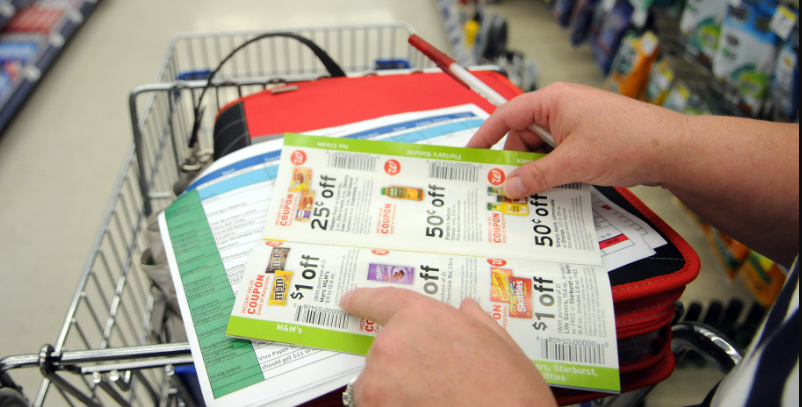A coupon payment is the annual interest rate, expressed as a share of the bond's full price, paid from the date of issue until the bond matures. One of the most commonly used terms for a discount is its "coupon rate" (the sum of coupons paid in a year divided by the face value of the bond in question).
Other synonyms for "coupon rate" include "coupon percentage rate," "nominal yield," and "coupon rate."
Understanding Coupons
For example, a $1,000 bond with a 7% coupon yields $70 yearly. In most cases, the donor will get $35 in interest payments twice a year.
The current yield (sometimes called the yield) varies from a bond's dividend or nominal yield since the marketplace value of bonds can vary before they mature. As of this writing, the theoretical and current rates on the $1,000 bond are 7%. If the bond sells for $900 in the future, the current yield rises to 7.8%. Due to their reliance on the full price of a bond and its annual payments, coupon rates are insulated from inflationary pressures.
The coupon rate, also known as the nominal yield, is calculated by dividing the annual interest payments made on a bond by its face value.
To get the current yield, divide the cash's market value by the number of annual instalments.
The present return rate calculates other metrics, such as maturity and best-case yield.
KEY TAKEAWAYS
When a bond is issued, and the interest is paid each year, it is known as a coupon rate. When determining the yearly coupon rate, the face value of the bond is multiplied by the total amount of annual coupons paid. Bonds that have coupon payments attached to them
In the past, bond certificates tied to detachable coupons were referred to as "coupons." Not registered, coupons and bearer bonds reflect ownership because they are not registered. The coupon must be submitted for the investor to receive an interest payment.
Investors and issuers alike are increasingly turning to electronic documents. Despite this, a bond's "coupon" is still called its "nominal yield."You may achieve financial independence via trading and investing.
Yes, I'd want to learn more about this. Regardless of your preferred method of instruction, there are several ways to get started. Real-world professionals teach courses on your mobile device or desktop computer using Udemy, giving you access to live content. The fundamentals of day trading, option spreads, and more will be taught. Get started right away by checking out Udemy.
Types and purposes 
In addition to discounts, free shipping and buy-one-get-one-free deals, coupons may also be used to redeem freebies such as first-time customer coupons and free trial offers. Other uses include providing a discount, a free sample or helping marketers better understand the demographics of their customers. Coupons may be used in a variety of ways.
Function
Coupons can be used to examine the price sensitivity of distinct client groups (by sending coupons with different dollar values to different groups). It is part of the marketing plan to include discounts and other factors such as time, location, and the amount of the product (e.g. 5 lbs versus 20 lbs). Additionally, it would help if you had a deep awareness of your audience.
Grocery discount coupons
Grocery coupons come in two basic varieties:
Customers receive store vouchers straight from the retailer. Some businesses will take coupons from their rivals as long as the coupon is from the same firm. Needs to be referenced
Manufacturer coupons can be used at any shop that takes coupons and sells the product in question, so long as the merchant accepts the manufacturer's coupons. Promoting the firm and finding new customers is part of their work. Certain grocery stores may double or even treble coupons to encourage customers into their stores. Special events may triple or quadruple the coupon value on certain days or weeks.
Taxation

In certain jurisdictions, coupons may or may not reduce the sales tax buyers must pay. For example, double and triple coupon discounts are an example of a more consumer-friendly tax situation.
Trading
Coupon makers can limit the use of coupons within their target market. Because of the difficulty and expense of implementing such restrictions, businesses have come to accept limited coupon trading. Organizations for exchanging coupons are common in locations where they are widely dispersed. The cost of cutting out the coupons is considered remuneration for the time and energy involved in selling them on certain websites.
There may be a market for some kinds of coupons. According to the New York Times, readers can get further information by looking in the newspaper's commercial announcements column or the 'Miscellaneous' classified advertising section. Trading or selling ration coupons is prohibited during times of war or economic crisis.
watch next


